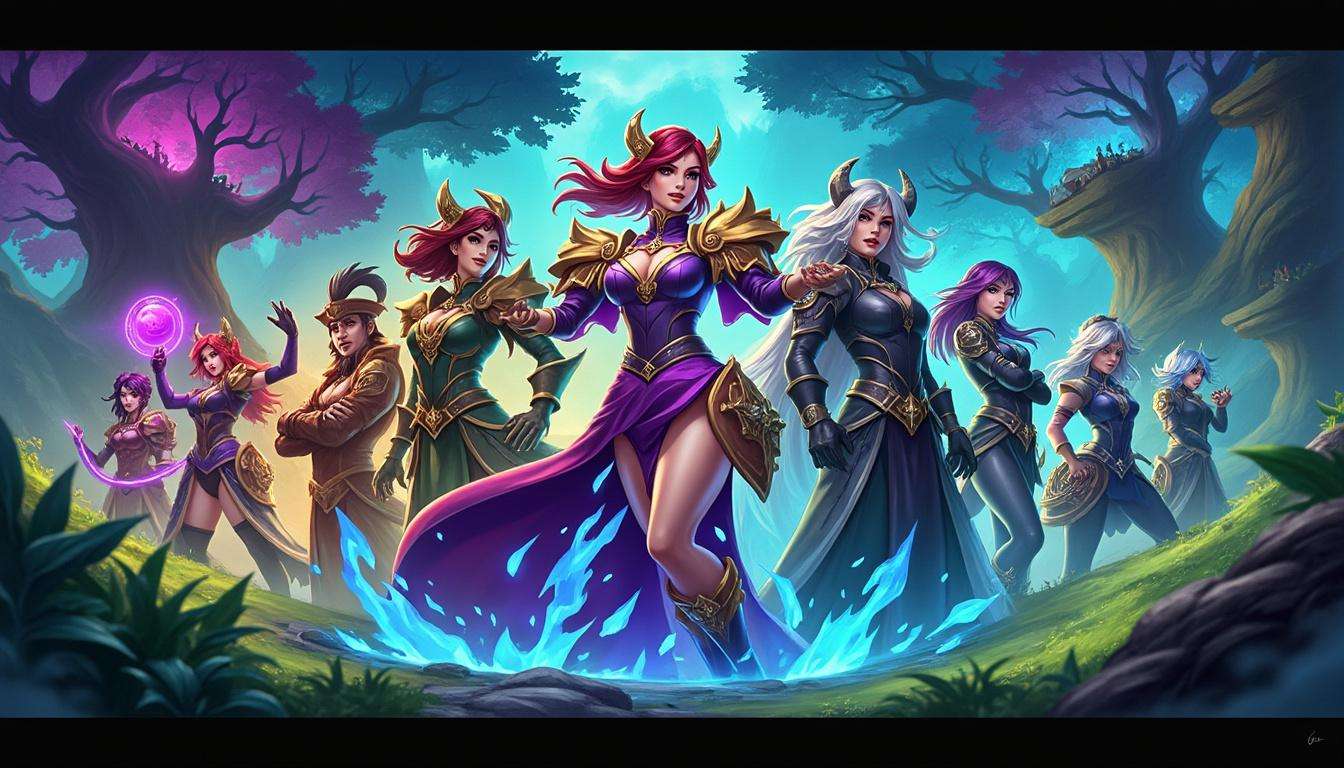As one of the most influential figures in LoL Esports, Faker’s insights have always shaped the competitive meta and community discussions alike. His recent evaluations of mid-lane champions present a sharp perspective on which picks are currently dominating solo queue and pro play. From Tower-diving assassins to powerful control mages, his tier rankings highlight the intricate balance Riot Games aims for — and the evolving strategies of teams like SK Telecom T1, G2 Esports, Cloud9, Fnatic, TSM, and DRX. Dive into this expert breakdown to understand who leads the mid lane charge in 2025, and who’s struggling to find relevance.
Faker’s Top Tier Mid Lane Champions: Meta Leaders in League of Legends 2025
Faker’s S-tier picks reflect champions with high carry potential and strategic flexibility, essential for both solo queue dominance and competitive success in LoL Esports tournaments.
- Victor – Exceptional wave clear combined with long-range poke makes him a top control mage picked frequently by Fnatic and SK Telecom T1.
- Ahri – A versatile assassin with strong roam potential, favored by G2 Esports for dynamic map pressure.
- Kassadin – Regarded by Faker as a risk-reward pick, his late-game explosion helps teams like DRX turn tides in high-stakes matches.
- Zed – Mechanical outplays and burst damage secure Zed a prime spot, especially in aggressive plays seen in TSM’s lineup.
- Yone – Combines mobility and damage, employed by Cloud9 to dominate chaotic teamfights.
This tier embodies champions who can decisively control mid lane phases while influencing the entire map, a key to success in today’s fast-paced meta.
Mid Tier Champions: Reliable Picks With Situational Strength
The mid tier holds champions who offer consistency but may lack the explosive game-changing potential of the top tier. Faker emphasizes their role as solid picks for established team strategies.
- Syndra – Great burst and lane dominance, though slightly restrained by the current meta’s mobility emphasis.
- Orianna – Provides crucial team fight utility seen in G2 Esports’ controlled playstyle.
- Twisted Fate – A strong roamer essential for map control but reliant on team coordination, frequently picked by Fnatic.
- Seraphine – Offers crowd control and sustain, complementing aggressive junglers, a pick often used by SK Telecom T1.
- Malzahar – Effective in suppressing carries but can struggle against assassins, making him situational.
Faker notes that while these champions provide reliability, their impact depends heavily on team synergy and matchup awareness in both solo queue and pro play.
Lower Tier Mid Lane Picks: Challenges and Opportunities for Improvement
Champions ranked in the lower tiers often come with drawbacks that Faker highlights – whether it’s lack of mobility, weak early game, or poor scaling in the current patch meta.
- Anivia – Powerful in a static lane but vulnerable to aggressive dive comps favored in the LoL Esports scene.
- Karma – Strong utility but outpaced by champions offering more direct playmaking.
- Veigar – High damage ceiling marred by immobility, making him a risky solo queue pick.
- Zilean – Unique utility but lacks damage output to carry games alone, used occasionally by DRX in niche strategies.
- Karthus – Global ultimate advantage overshadowed by slow early game, requiring exceptional macro to succeed.
Despite their ranking, Faker encourages creative usage and mastery, as these champions still hold the potential to disrupt and surprise when played with precision.
The Influence of Pro Teams on Mid Lane Champion Viability
The picks and bans strategies of elite teams like SK Telecom T1, G2 Esports, Cloud9, Fnatic, TSM, and DRX heavily influence the mid-lane meta. Faker notes the meta is a reflection of how champions fit into larger team compositions focused on objective control and map rotations.
- SK Telecom T1 prioritizes champions with high carry potential and roaming power to assert early pressure.
- G2 Esports balances control mages with assassins to exploit map vision and quick rotations.
- Cloud9 leverages mobile duelists to capitalize on chaotic team fight environments.
- Fnatic emphasizes flexible mids able to adapt to varied playstyles depending on opponent picks.
- TSM integrates aggressive assassins into coordinated initiation strategies.
- DRX experiments with niche picks to catch opponents off guard, relying on superior macro play.
These approaches dynamically evolve the mid lane champion tier lists, keeping the meta vibrant and competitive.

